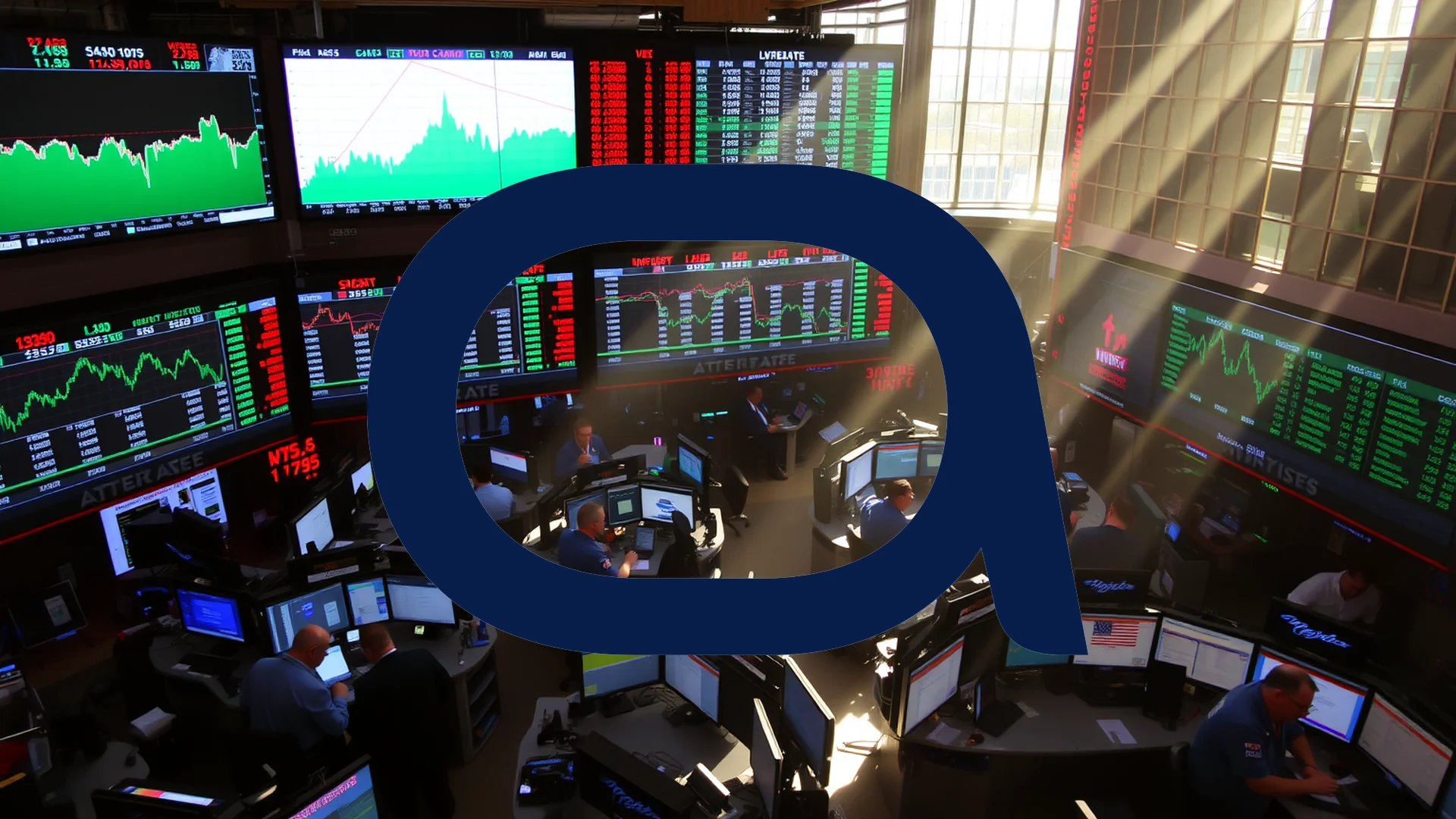Austria’s prominent energy corporation OMV has unveiled plans for a substantial workforce reduction, targeting the elimination of 2,000 positions globally. This move represents a cut of nearly 9% of its total 23,000-strong international workforce, signaling significant internal restructuring as the broader energy sector faces considerable headwinds.
Deep Cuts Across Multiple Regions
The job reductions will have a widespread geographical impact. The company’s Romanian subsidiary, Petrom, is expected to be among the hardest hit. Operations in Germany, specifically the Burghausen refinery, and facilities in Slovakia are also slated for staff reductions. Within Austria itself, approximately 400 positions out of a national total of 5,400 are set to be removed.
Key Details of the Restructuring Plan:
– Global workforce reduction of 2,000 employees
– Significant impact on Petrom operations in Romania
– Job cuts planned for German and Slovakian sites
– 400 positions to be eliminated within Austria
Notably, the company’s profitable chemical subsidiary, Borealis, appears to be exempt from this round of cuts, potentially indicating a strategic shift in focus.
Union Response and Corporate Silence
The announcement has drawn a sharp response from labor representatives. The GPA trade union has characterized the decision as a “severe blow” to the workforce and has not ruled out potential industrial action. A primary concern raised is the long-term damage to Austria’s industrial base through the loss of highly skilled technical staff.
In contrast to the union’s vocal stance, OMV management has maintained a conspicuous silence, declining to issue any official comment on the reports, which many observers interpret as a sign of the situation’s extreme sensitivity.
Should investors sell immediately? Or is it worth buying Omv?
A Convergence of Challenges for OMV
The decision emerges from a complex set of challenges confronting the energy giant. The price of Brent crude oil has already declined by 10% for the 2025 contract, contributing to a climate of sector-wide pressure. This trend is not isolated to OMV, with other industry majors like ConocoPhillips, Chevron, and Halliburton having announced similar cost-cutting and workforce reduction strategies.
Compounding these market difficulties is the unexpected departure of Chief Executive Officer Alfred Stern, whose contract was not set to expire until 2026. His exit creates a leadership vacuum at a critical juncture, as the company navigates what is widely seen as the most profound transformation in its history.
These factors are reflected in the company’s stock performance. OMV shares are currently trading at €46.10 and continue to face a challenging market environment. A Relative Strength Index (RSI) reading exceeding 82 suggests the stock is in overbought territory, presenting an additional cautionary indicator for potential investors.
Borealis Merger: A Potential Strategic Pivot?
A potential bright spot for the company’s future is the proposed merger of its Borealis chemical unit with ADNOC’s Borouge. This transaction would create a new entity valued at an estimated $60 billion, positioning it as the world’s fourth-largest producer of polyolefins. A critical question for market watchers is whether the profits generated from this new giant will be sufficient to offset the mounting losses and challenges within OMV’s core energy operations.
The coming months will be decisive in determining whether these strategic moves can steer OMV back toward stability or if the company will descend further into crisis.
Ad
Omv Stock: Buy or Sell?! New Omv Analysis from December 8 delivers the answer:
The latest Omv figures speak for themselves: Urgent action needed for Omv investors. Is it worth buying or should you sell? Find out what to do now in the current free analysis from December 8.
Omv: Buy or sell? Read more here...













